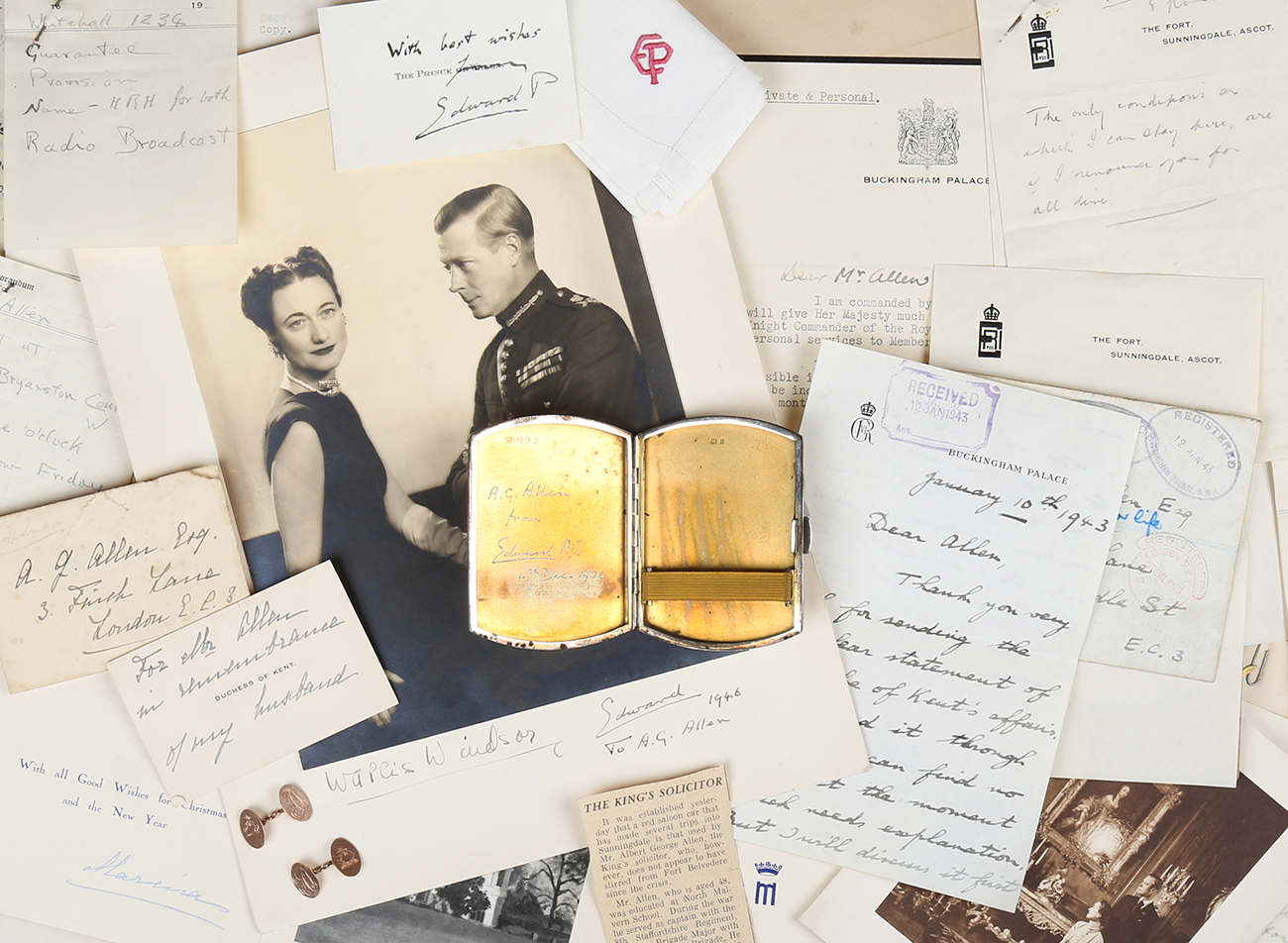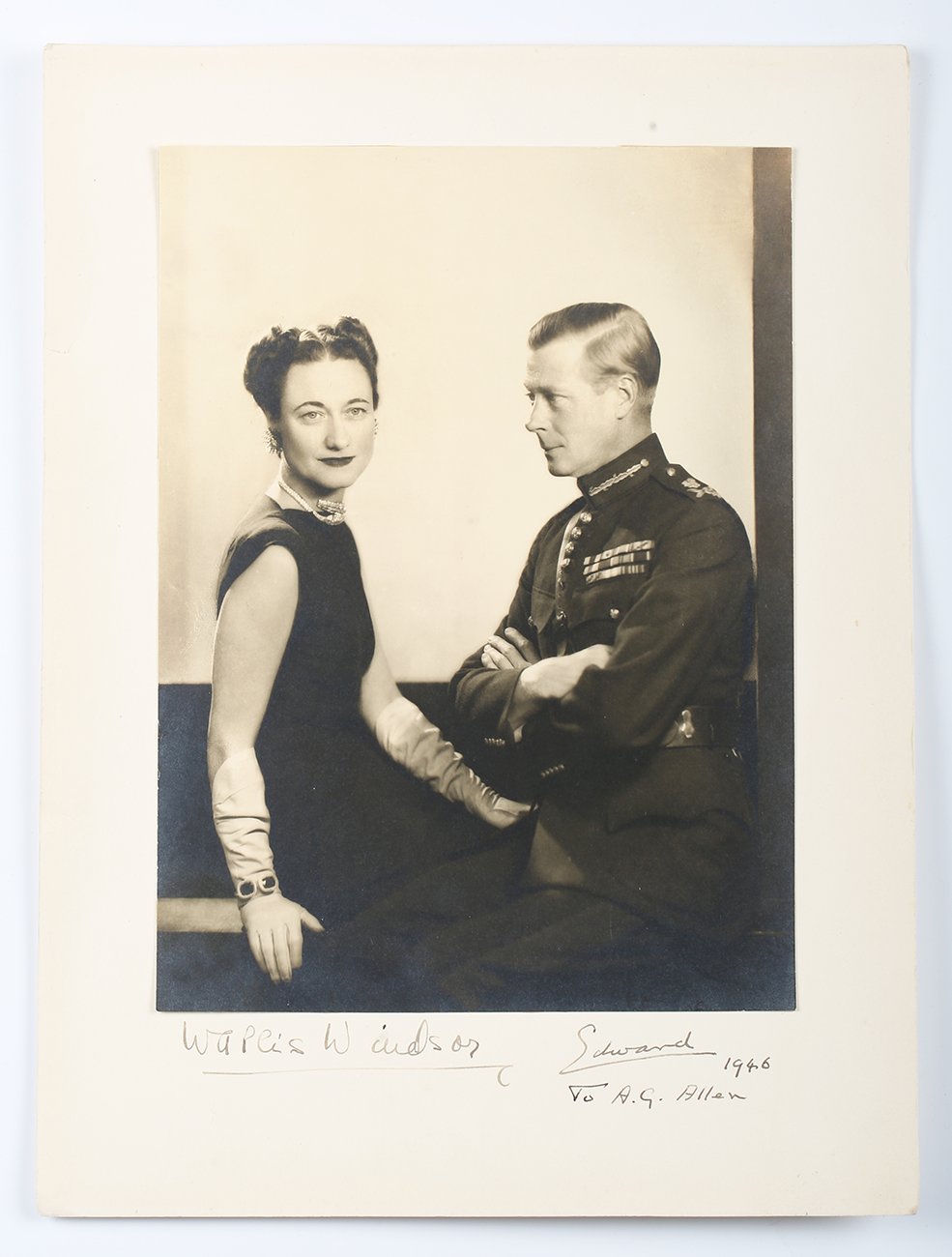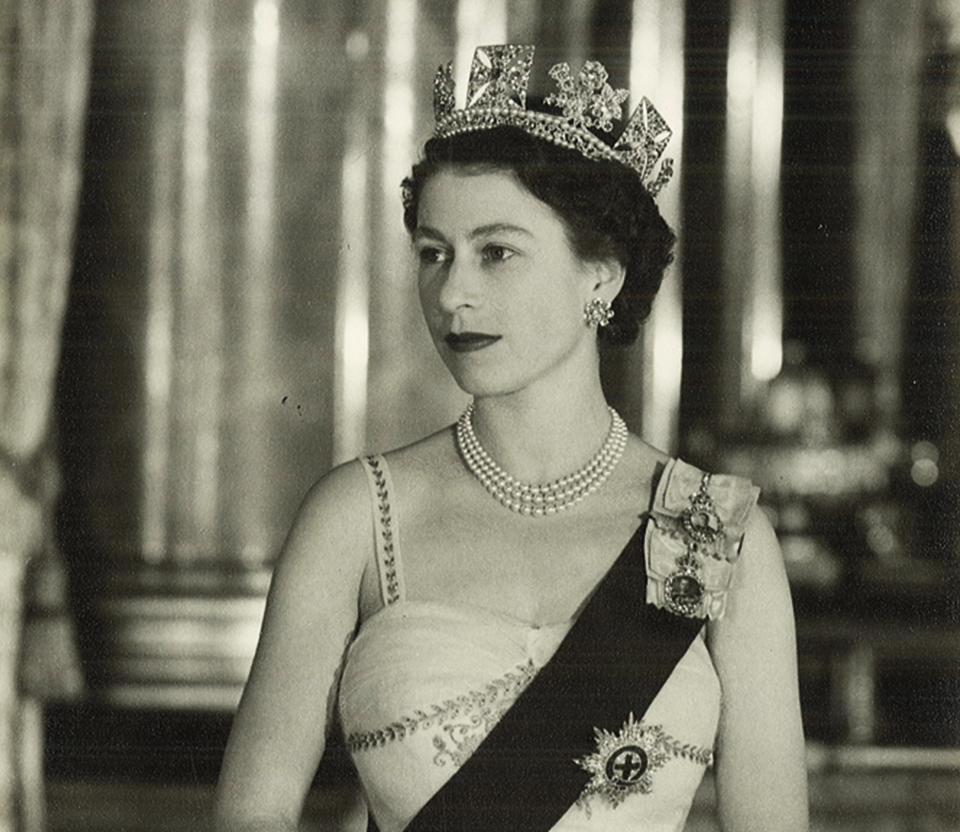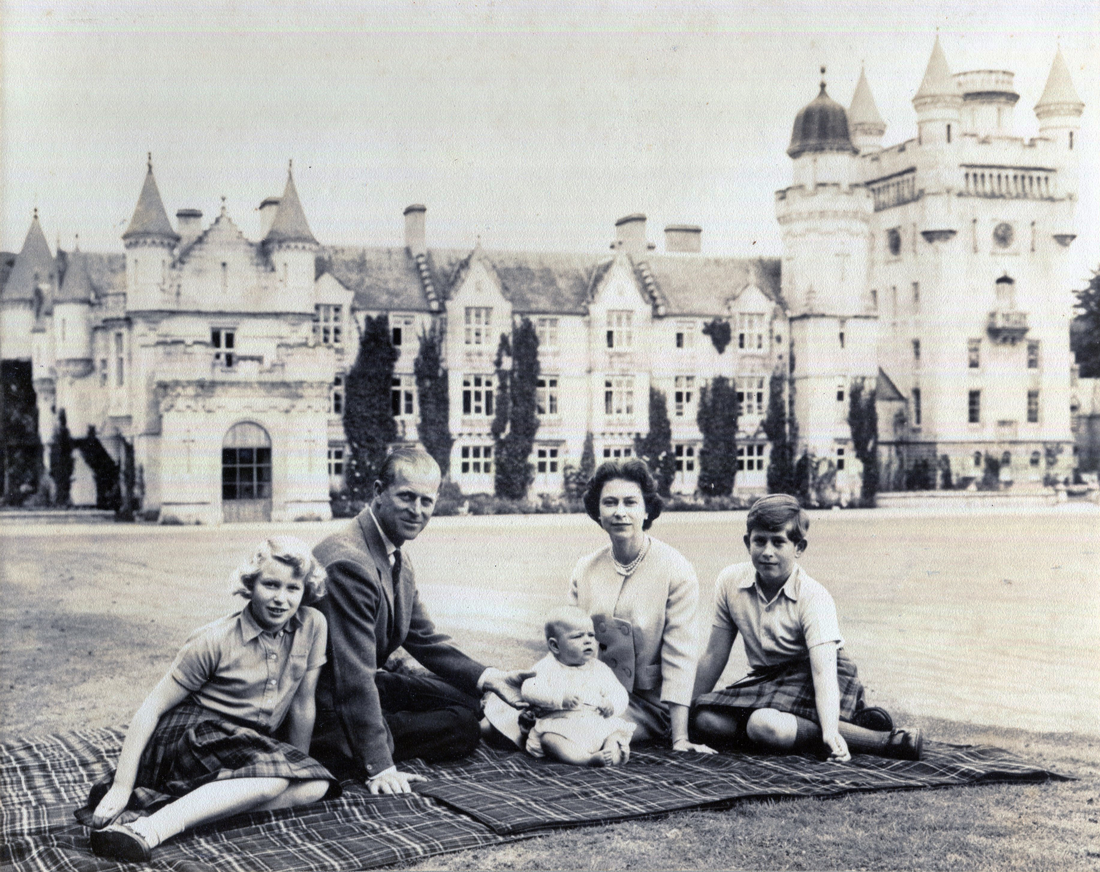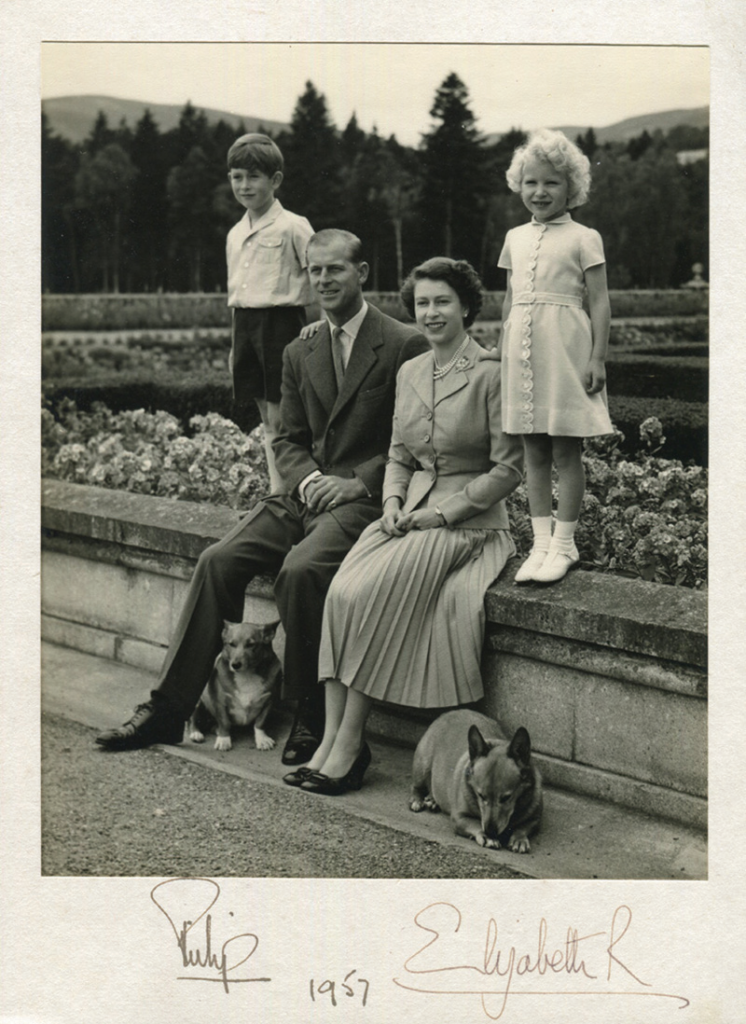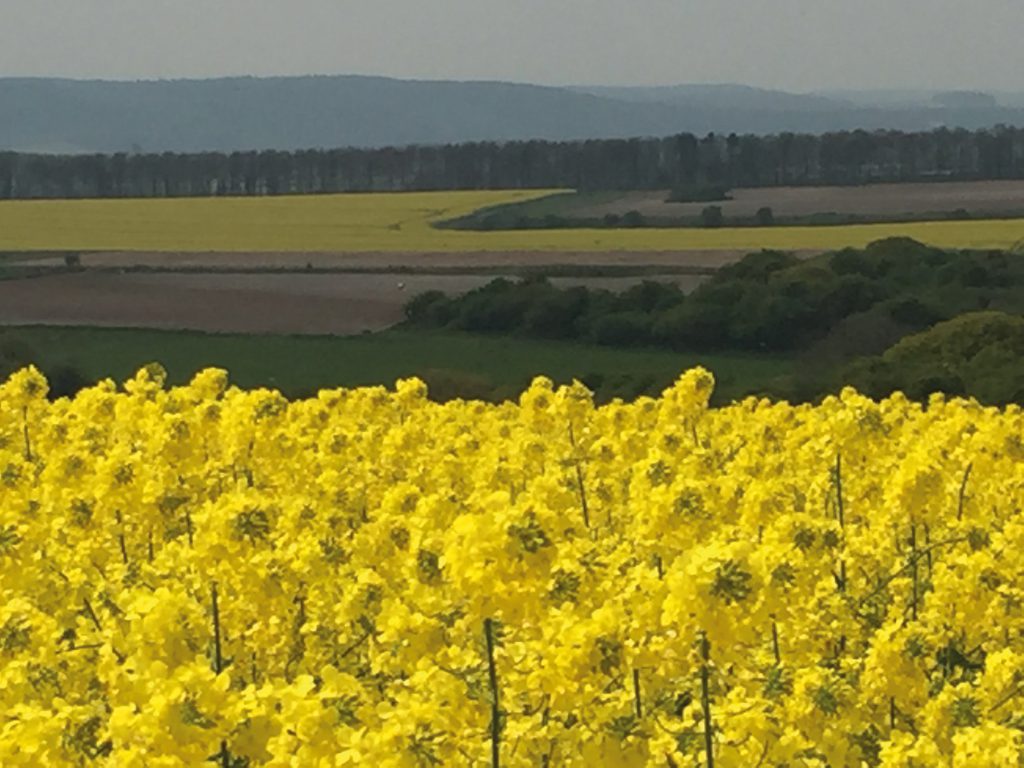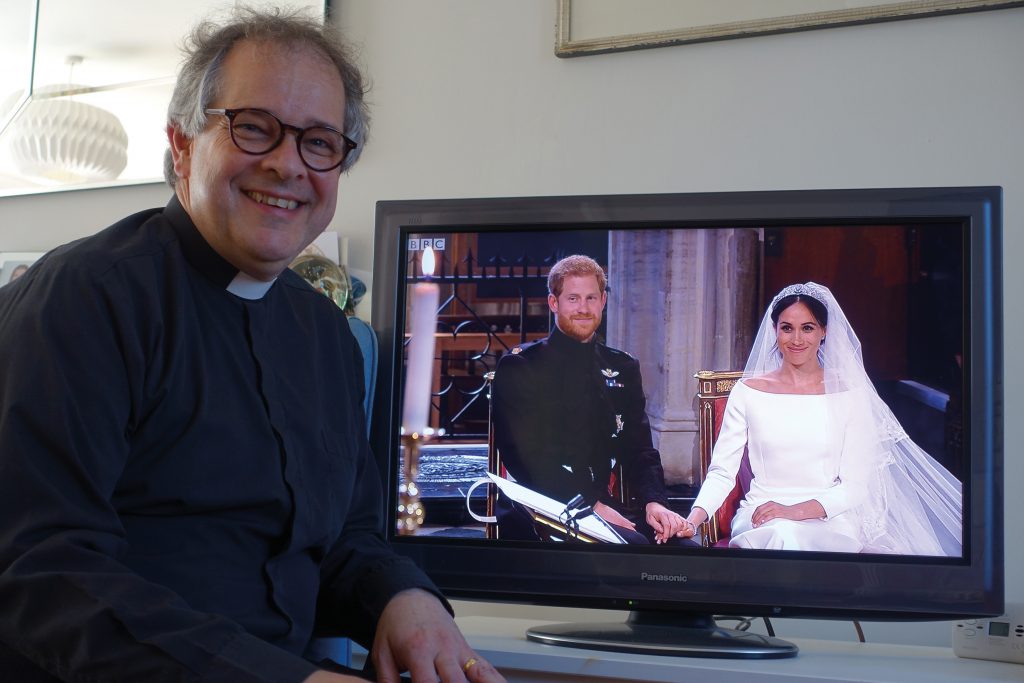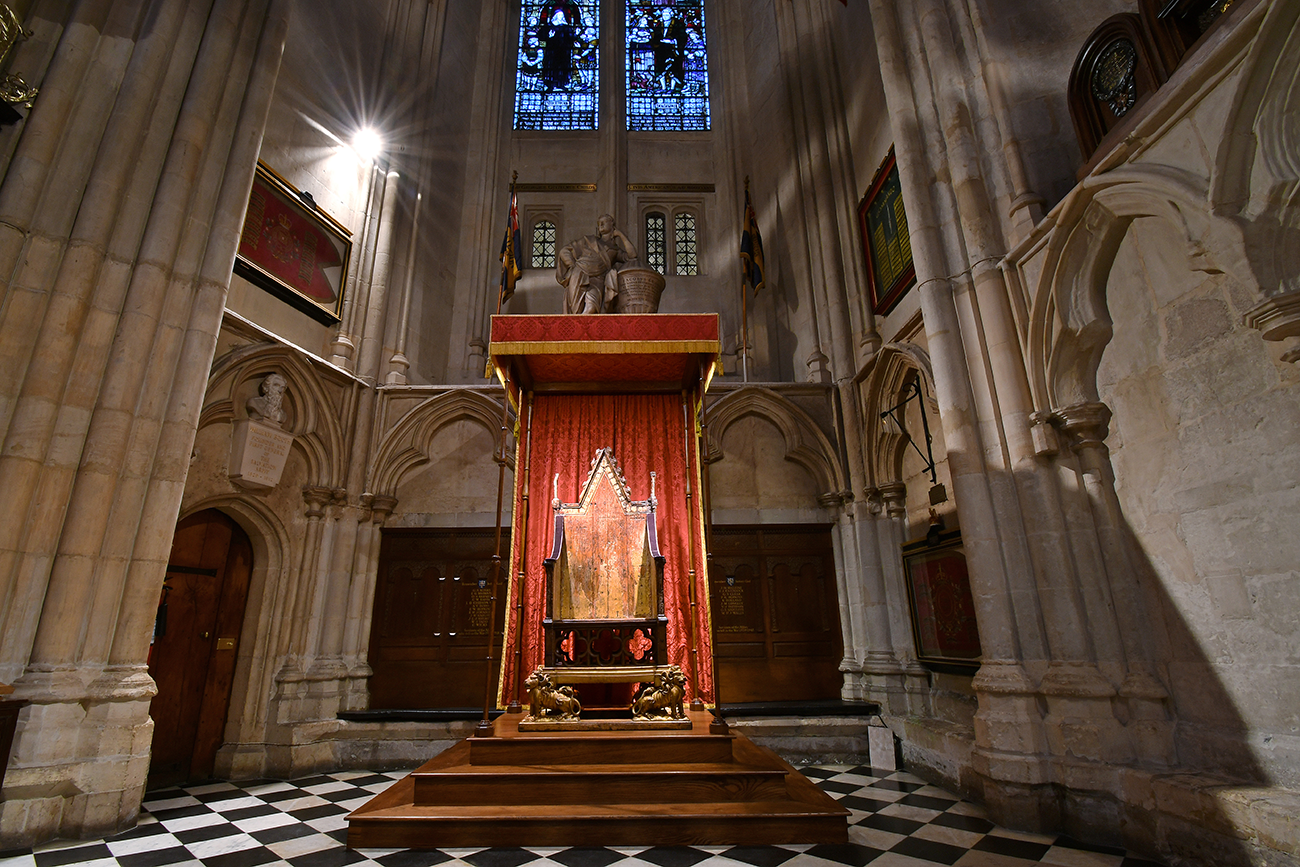
Throughout his life HM King Charles III has provided the most remarkable servant leadership with a deep sense of calling, vocation and stewardship.
This coming Saturday he will be crowned King in the name of God. As he is anointed with sacred Holy Oils, he will promise before God, this nation and the Commonwealth to uphold our traditions and to work tirelessly, as he has always done, for the common good.
King Charles has been and remains a visionary. Since the 1970s he has promoted organic farming and recognised a need for better stewardship of the world and our resources. The Prince’s Trust has linked enterprise with the environment. At the Trust’s heart is a belief that every young person should have the chance to succeed with employment linked to sustainability, and that communities are supported by empowering their youth.
King Charles’ vision is aspirational on a societal level with a wholeness to his approach. Heritage, conservation, education, health and well being and social inclusion work in concert with the environment and countryside. His approach to vernacular, regional architecture has been to build buildings that build communities.
These values are at the heart of his Christian faith but the King has also recognised that this wisdom and beauty is to be found amongst people of all faiths and none however they are called or inspired.
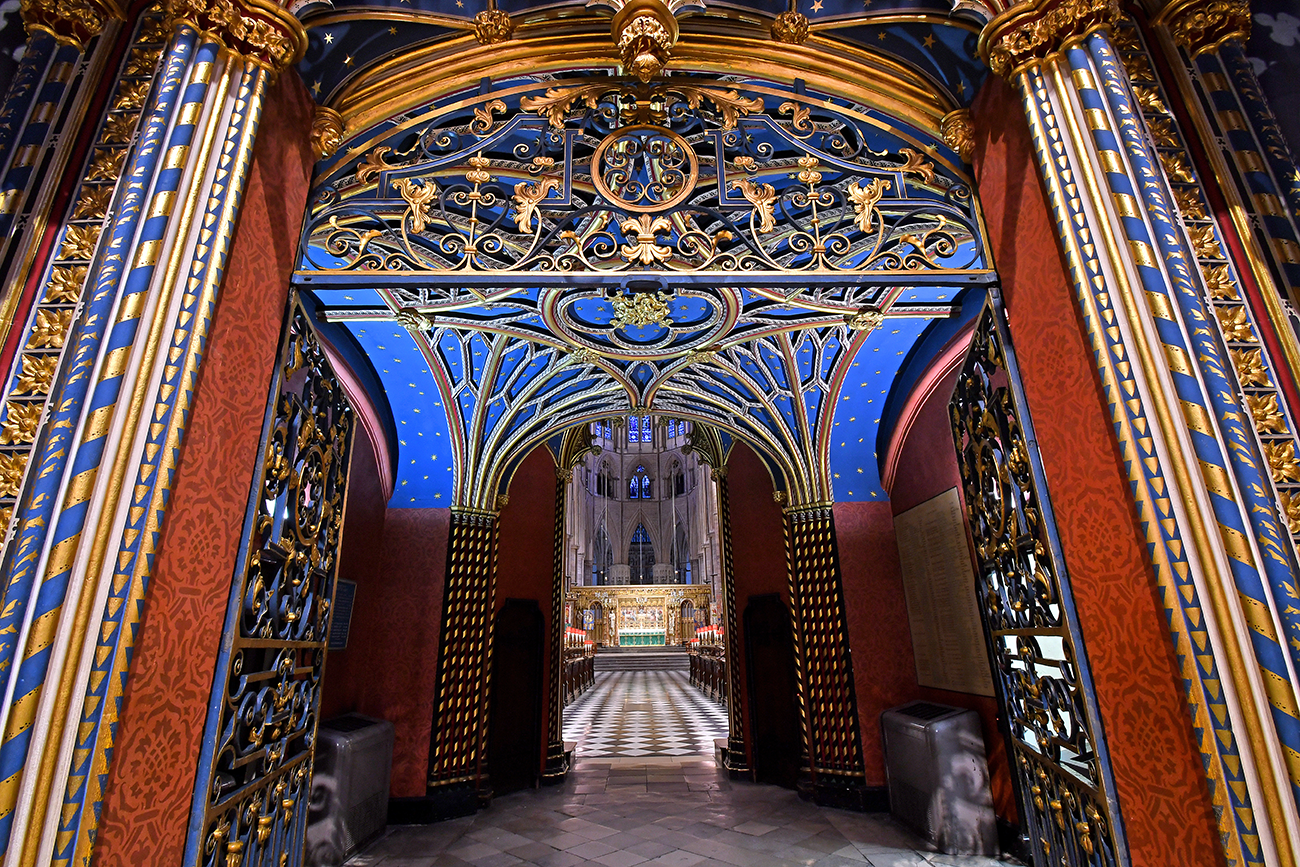
King Charles will be crowned at Westminster Abbey seated on the Coronation chair. The chair was commissioned by King Edward I as a ‘relic case’ to house the Stone of Scone, an ancient symbol of Scotland’s monarchy. The stone was captured by King Edward I in 1296, and together with the chair has been central to coronation ceremonies in England and the United Kingdom ever since.
The chair would have originally been highly decorated by King Edward I’s royal painter, Walter of Durham. Much of the chair would have been gilded. The original gilding can be discerned in the surviving patterns of birds and plants.
The Coronation Chair is the oldest piece of furniture in the United Kingdom still used for its original purpose. It has been altered over the centuries. Take for example the four gilt lions representing England added in the early 16th century. The graffiti on the back of the chair was the work of Westminster schoolboys and visitors to the Abbey in the 18th and 19th centuries.
HM King Charles III’s Coronation will look to the past as we celebrate and embrace the future proclaiming God Save the King!
Images courtesy of the Dean and Chapter of Westminster Abbey.
